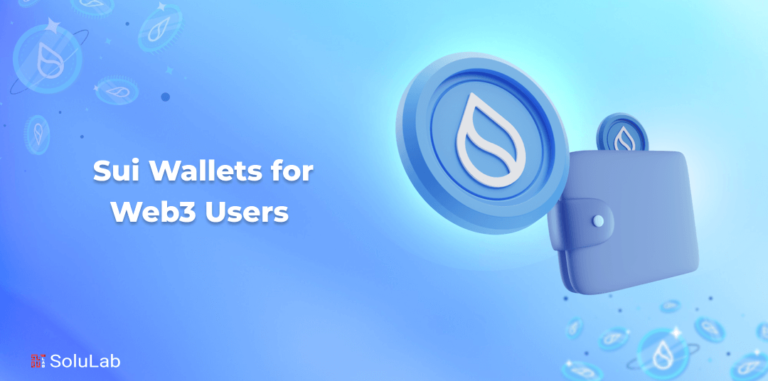Exchanges have played an important role in connecting cryptocurrency buyers and sellers from the early days of Bitcoin. We would have far worse liquidity and no means to agree on the right price of assets if these forums did not draw a worldwide user base.
What is a decentralized exchange?
Another use of blockchain technology is a decentralized exchange. It provides crypto asset Peer-to-Peer (P2P) trading. The most significant benefit of a decentralized exchange is providing trading in nearly all accessible currencies. There are now around 5000 coins in circulation. Many of these currencies are still in their infancy, and they do not have a large trading volume – an essential factor for centralized exchanges when deciding which assets to offer for trade.
About Binance
Binance is a blockchain ecosystem that includes several components like Exchange, Labs, Launchpad, Info, Academy, Research, Trust Wallet, and Charity.
Binance Exchange is the world’s largest cryptocurrency exchange, with users from more than 190 countries and territories. Binance Exchange is the biggest crypto exchange by trading volume and one of the quickest in the world, capable of executing more than 1.4 million orders per second. The platform prioritises security, robustness, and execution speed, attracting both amateur and professional traders. Visit https://www.binance.com/ for additional details.
Is Binance a decentralized exchange?
Binance, the world’s biggest cryptocurrency exchange, has released its much-anticipated DEX trading service, which is currently accessible on testnet.binance.org.
This debut, which, as per the URL is first a testnet and was awaited for a long time. It is intended to supplement the primary Binance exchange. It handles about $1 billion in day to day trade volumes.
That main service, like many others, is centralized. Thus, the exchange handles its clients’ fiat/cryptocurrency balances.
Centralized exchanges determine the pricing, choose the assets on sale, and profit from transaction fees.
According to some crypto traders, this exposes consumers to losses due to hacks, and some other unanticipated problems like shutdown. Users are often advised to take ownership of their bitcoin and manage it with a wallet. Here, a dex plays a role since it enables trading for users straight with their wallet, rather than the time-consuming process of putting and withdrawing tokens from an exchange. As a result, the Binance dex directly complements its controlled exchange, providing consumers with additional choices. Binance also promises to provide speed.
Zhao has also promoted the dex as a new income generator for the business since it is built on Binance’s blockchain, with the company running several nodes. Zhao previously told TechCrunch that the business would get a portion of the network charge if its nodes were utilized in transactions. Not that Binance needs assistance generating money; according to a recent article from The Block, it earned a profit of $446 million in 2018, a year that was undoubtedly a downer for the crypto sector as a whole.
They have one reservation regarding the Binance dex, and that is the possibility of opening a wallet with a private key.
Quick Brief on Binance Chain and Binance Coin
Binance Chain is a new blockchain and peer-to-peer distributed system that Binance and the community have created. Binance DEX is a secure, native marketplace based on the Binance Chain that enables the trading of digital assets created and listed on the DEX. All transactions are recorded on-chain and constitute a comprehensive, auditable ledger of activity.
Binance Coin (BNB), which is presently an ERC20 token, will be transferred to Binance Chain as the native asset. Traders will be able to create, transmit, and receive new tokens on the blockchain, as well as suggest new trading pairings for inclusion.
Design and UI of Binance Decentralized Exchange
The design and user interface of Binance DEX will be recognisable to anybody who has dabbled with cryptocurrency exchanges previously. New users may be overwhelmed by the charts and data rows, like with any exchange, but a few minutes of basic study is all it takes to understand what everything means.
In terms of design, people are loving the dark theme. It is much easier on the eyes than the blinding white options. The exchange is well-organized, and it is simple and straightforward to browse various trading pairs, place and view orders, and check your balances.
If you use the exchange on a smartphone browser, the UI is modified as expected, but it’s still straightforward and simple to use if you don’t mind a few additional clicks here and there to see things like charts.
Binance Decentralized Exchange supports Ledger
The Binance dex now supports Ledger (both the hardware and the software), but alternative safe choices include KeyStore file upload, less-secure private key, or mnemonic phrase.
Many people, like Zhao, believe that cryptocurrency adoption is still in its early stages, and words like “education” and “democratization” are often used in the sector. Removing the secret key, thus reducing possible phishing attempts, seems to be part of teaching new users and making crypto secure for those who join.
Conclusion
Historically, centralized platforms dominated the world of cryptocurrency. However, with the fast-developing technology stack accessible, a rising number of platforms enabling decentralized trading have developed, like Binance Decentralized Exchange.
Several decentralized exchanges have developed throughout the years. Every single one of them iterating on past efforts to improve the user experience. This creates more robust trading platforms. Finally, the concept seems to be strongly linked with the ethos of self-sovereignty: consumers do not need to trust a third party, as with cryptocurrency.
Ethereum-based DEXs have experienced a significant increase in use as a result of the emergence of DeFi. If the current trend continues, we may expect more technological innovation across the board.




